
NATURE OF PANAMA 2019

The Central American agouti (Dasyprocta punctata). It is a middle size (3-4 kg.) rodent related to a guinea pig. It's a diurnal mammal living in monogamous pairs up to 20 years. It mainly forages for seeds, some leaves and shoots. It occurs from Mexico to South America. It is a vital link in seed distribution. For example the Brazilian nuts have very hard shell and only agouti is capable to crack it (there is as well a parrot, that was observed to open the shell but the parrot has no significance to the nut). Thanks to the agouti the Brazilian nuts can germinate again after opening the shell.
^ ^^^
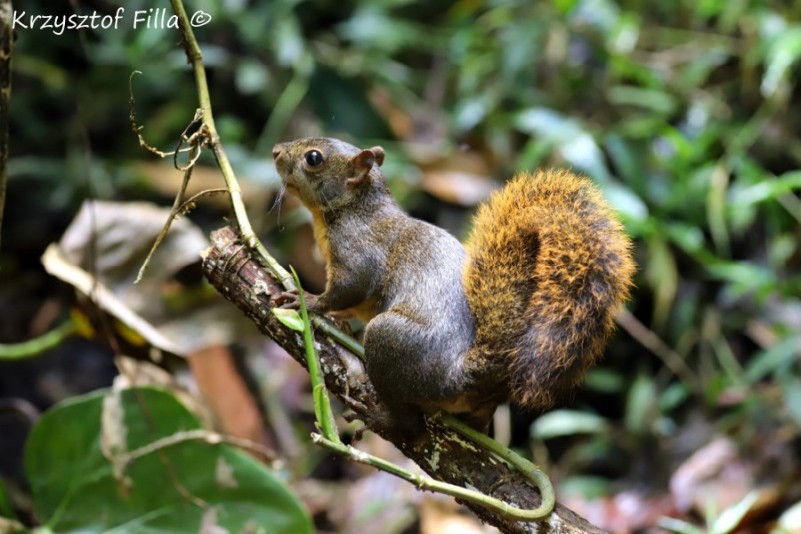
^ ^^^
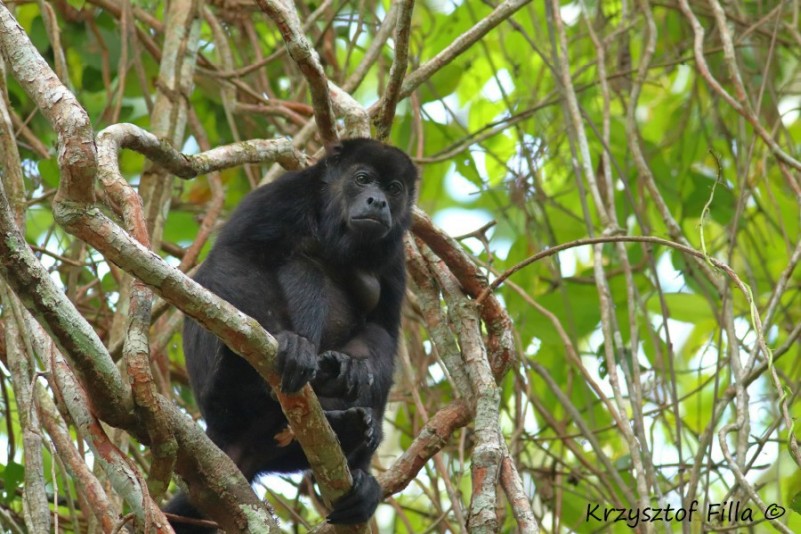
The mantled howler (Alouatta palliata). In South East Asia there are resonating calls and songs of gibbons carried over the canopy. In tropical America the most characteristic and the loudest calls come from the howler monkeys that announce their position and territory.
^ ^^^
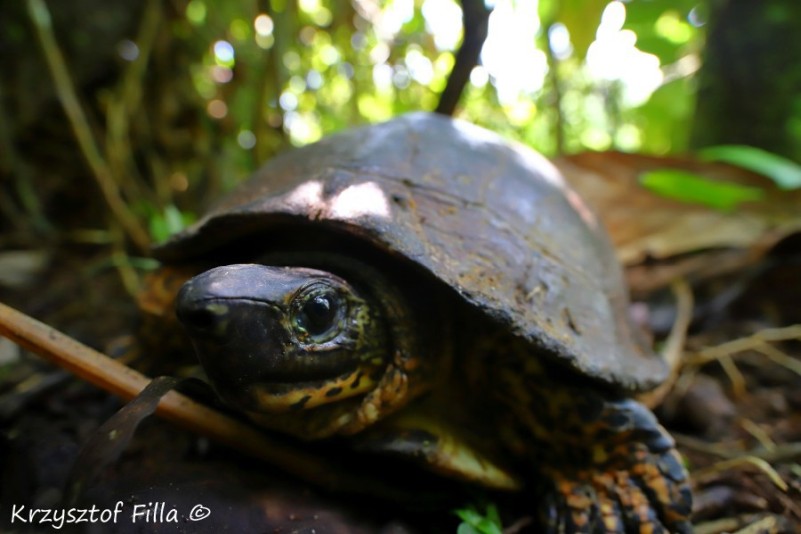
^ ^^^

^ ^^^
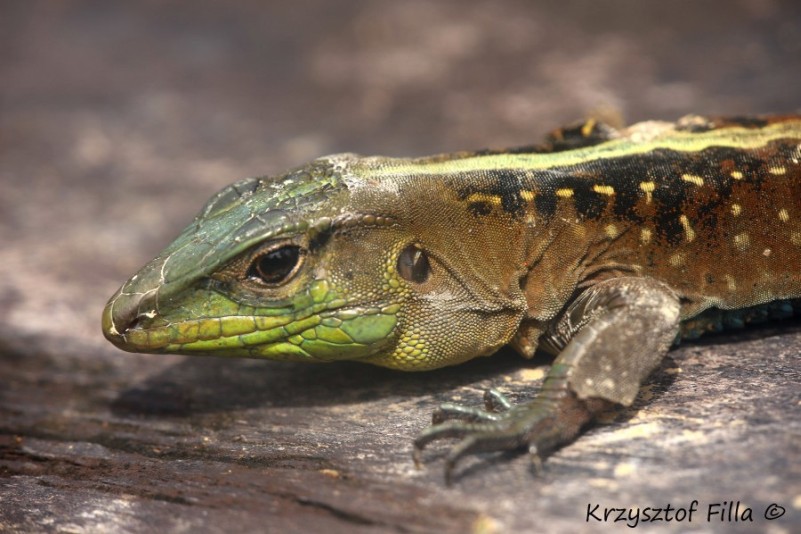
^ ^^^
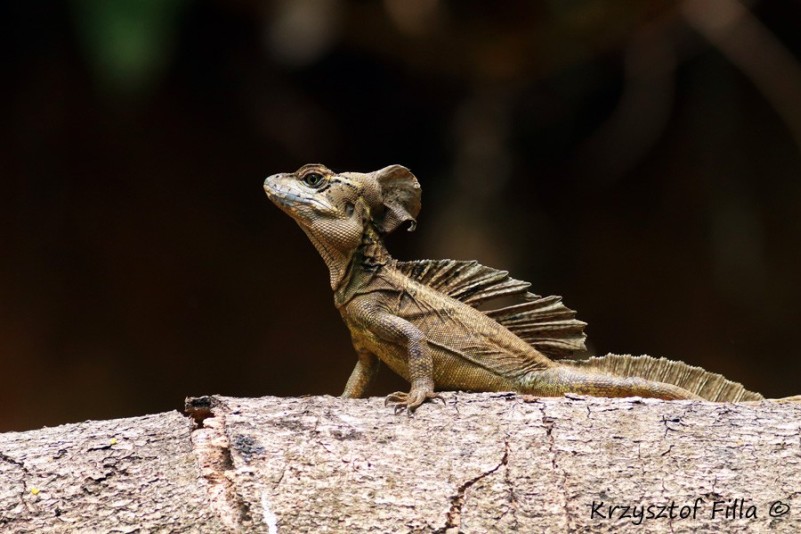
The common basilisk (Basiliscus basiliscus). The male has characteristic dorsal crest, mainly to impress females. Usually they live by streams and brooks, where they search for food. In case of danger they can flee on the surface of water and for this reason they have an alias "Jesus Christ lizard". At night time they snooze attentively at the end of branches and in case of a hazard they drop down.
^ ^^^

Bolitoglossa. It is an amphibian from the genus salamander embracing many species from Mexico down to South America. It mainly has arboreal life in very humid climate. As most amphibians it has webs between fingers that aid swimming. The total length is about dozen of centimeters. Bolitoglossa has a physiological ability called autotomy as a defence reaction. They can dispose its tail when caught by a predator after that the tail regrows again but unfortunately they can do it only once in the lifetime.
^ ^^^
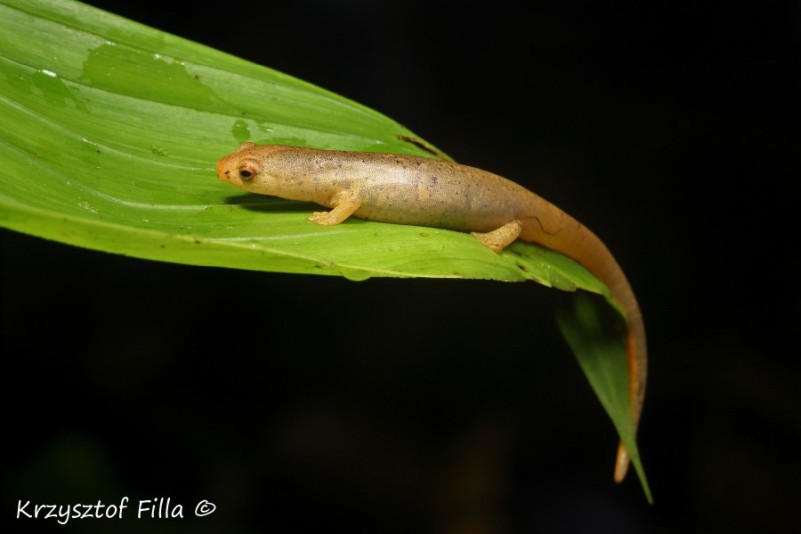
^ ^^^
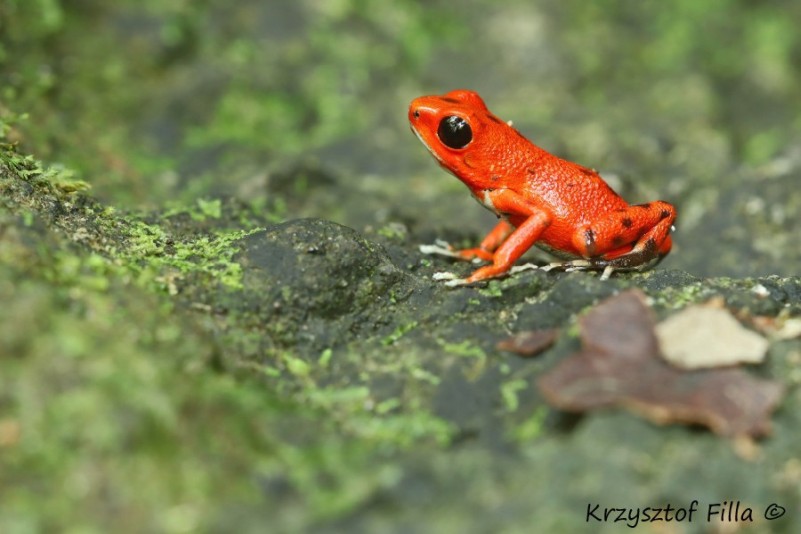
Poison-dart frog (Oophaga pumilio) variation Bastimentos. Most people relate to them as as the red frog from the island Bastimentos, which is part of the archipelago Bocas Del Toro on the east coast of Panama. Those islands were created 10 000 years ago. In relatively short spell of time, the isolation of frogs between the islands, has led to alterations in their colorations.
^ ^^^
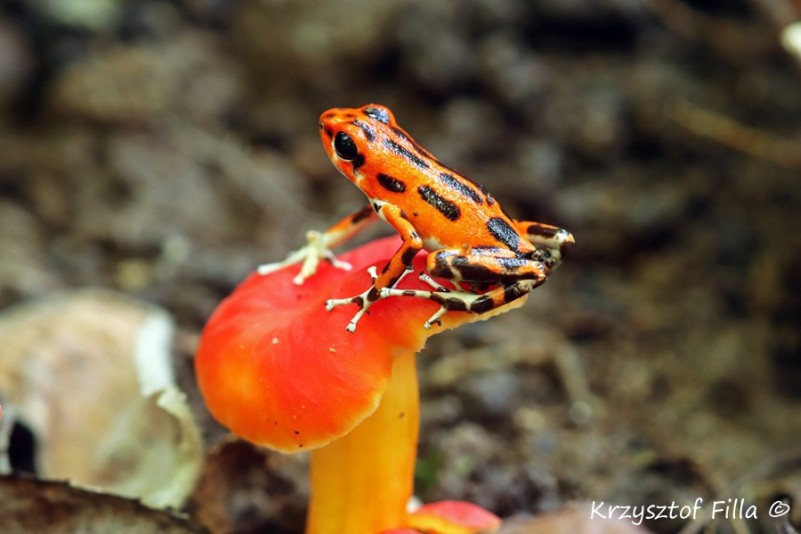
Poison-dart frog (Oophaga pumilio) variation Bastimentos. Their life span is about 15 years.
^ ^^^
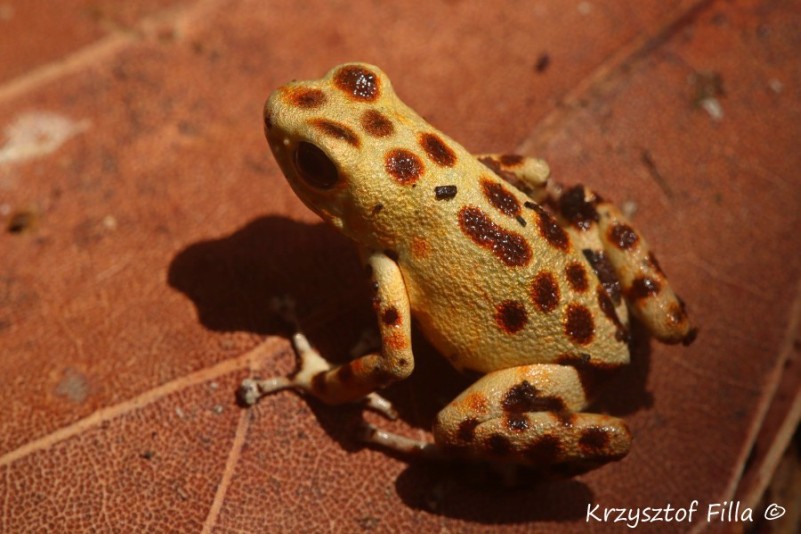
Poison-dart frog (Oophaga pumilio) variation Bastimentos. All frogs on the island have red skin sometimes with white blotchy bellies. However this individual had creamy skin as if deprived of the red pigment.
^ ^^^

Poison-dart frog (Oophaga pumilio) variation "la gruta" from the island Colón, which is part of the archipelago Bocas Del Toro on the east coast of Panama. The size of the frog is about 2 cm. Its flamboyant coloration warns about its toxicity which is released as an alkaloid through their skin. The frogs feed on small insects and significant part of their diet are ants. The substances in the ant's venom are used by the frogs in the production of their defensive toxic secretion.
^ ^^^
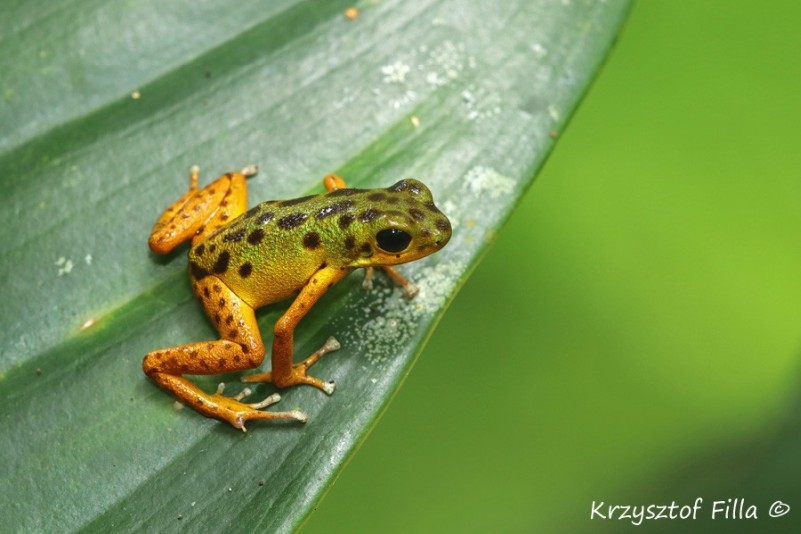
Poison-dart frog (Oophaga pumilio) variation "la gruta" from the island Colón.
^ ^^^

^ ^^^
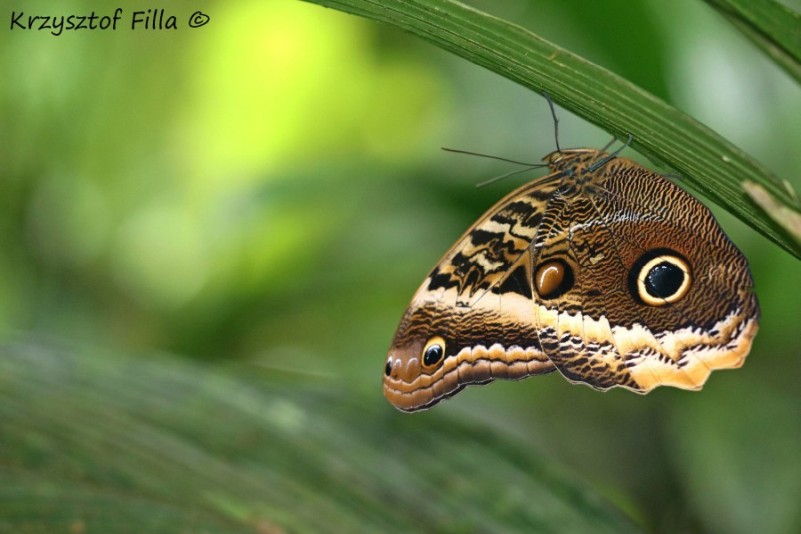
^ ^^^
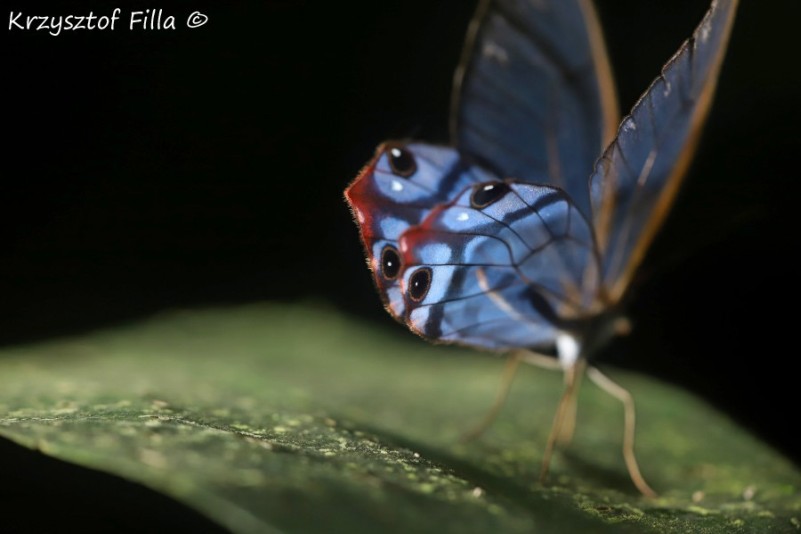
^ ^^^

It is a male of Reddish Clearwing-satyr (Haetera macleannania). It belongs to the family of glass wing butterflies that occur in Central America. However this species has been recorded only in Panama and Columbia. Their translucent wings are part of their camouflage and merge them with the environment. The blue tint is a hallmark of a male butterfly and red a female.
^ ^^^

It is a male of Reddish Clearwing-satyr (Haetera macleannania). The red tint is a hallmark of a female butterfly.
^ ^^^
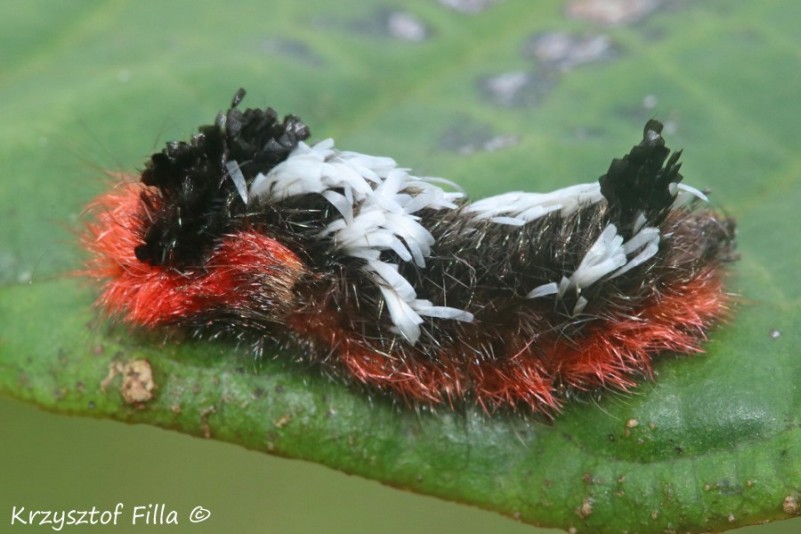
^ ^^^

The cattleheart caterpillar (Parides iphidamas). It is a species of butterfly from Central America. The caterpillar is toxic and its toxicity draws from the plants it eats.
^ ^^^

^ ^^^
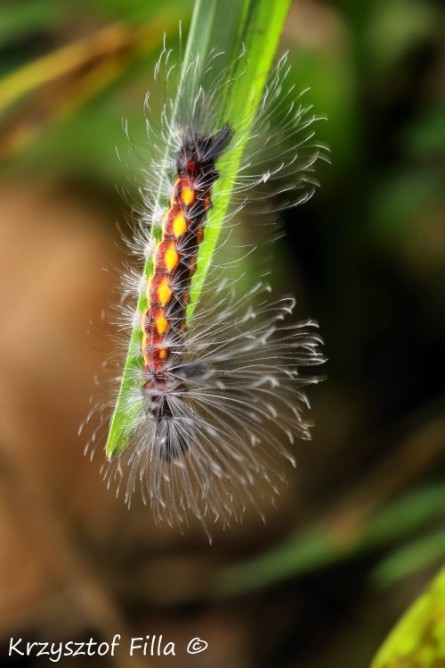
^ ^^^
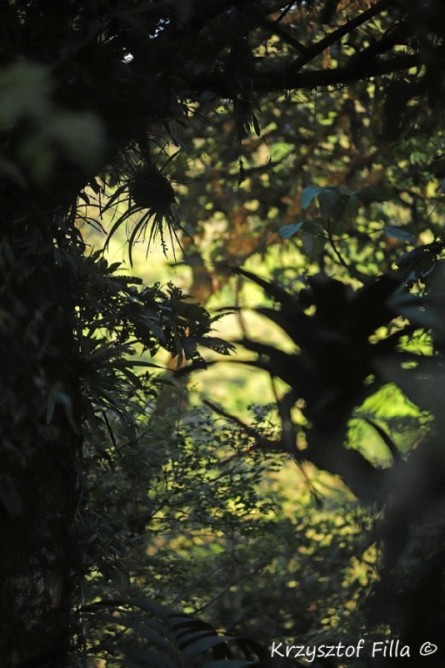
Epiphytes are plants living on other plants which usually are not parasitic. They manufacture their own food and nutrients in the form of minerals extract from decomposing matter in bark or tree crotches. Growing in the tree canopies they have very good access to the sun but at the same time they struggle with the access to water. Cloud forests offer increased humidity and it has its translation to the profusion and density of all sort of epiphytes in those mountainous areas.
^ ^^^
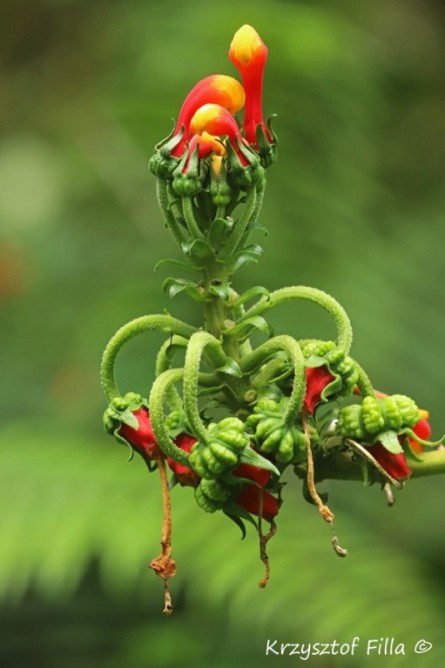
^ ^^^
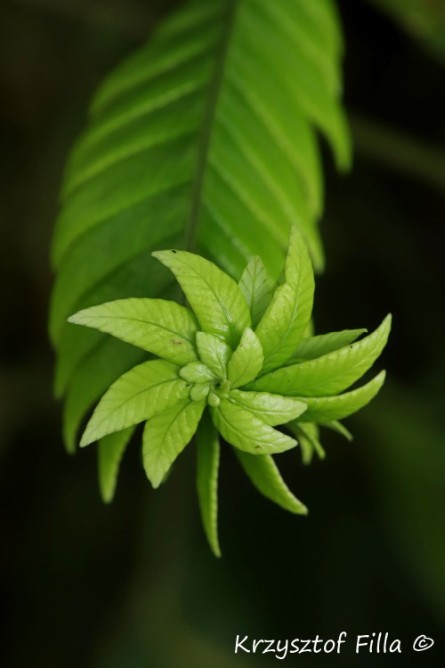
^ ^^^
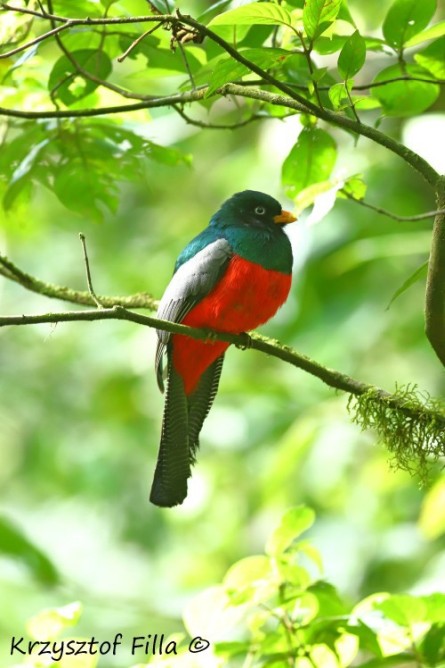
The lattice-tailed trogon (Trogon clathratus). The bird calls its home Costa Rica and northern east Panama. It exists on the altitude between 800 and 1400 m. a.s.l. They have a distinctive sexual dimorphism, females are gray and males (in the picture) have intensive gay colours.
^ ^^^
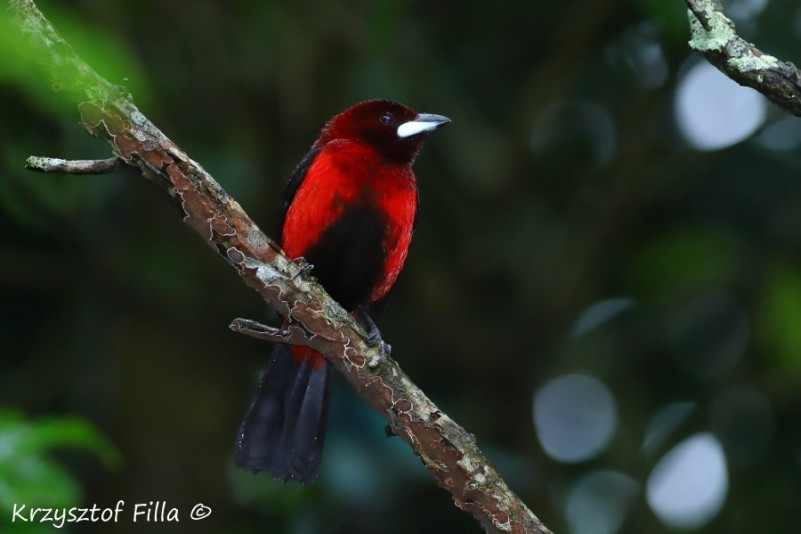
The crimson-backed tanager (Ramphocelus dimidiatus). It occurs in all Panama and northern Venezuela, mainly in lowland terrain.
^ ^^^

The collared whitestart (Myioborus torquatus). The little bird occupies the territory of Costa Rica and Northern slopes of Panama above 1500 m. a.s.l.
^ ^^^
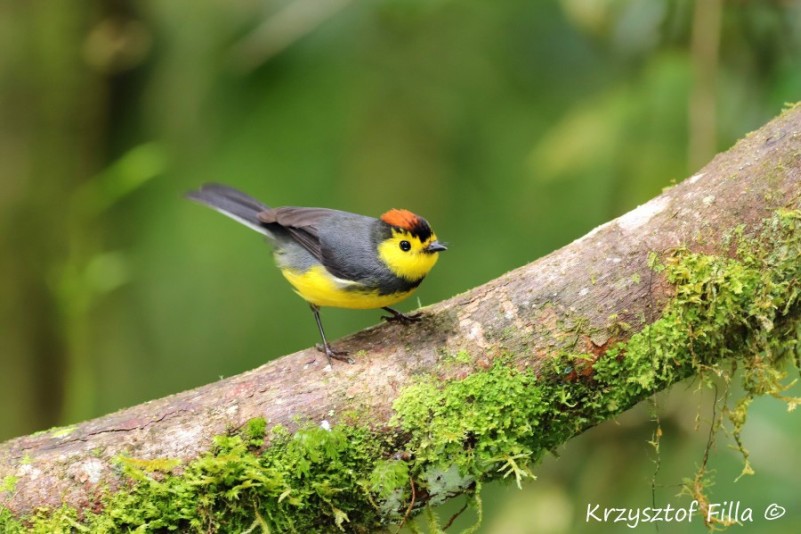
The collared whitestart (Myioborus torquatus). The little bird occupies the territory of Costa Rica and Northern slopes of Panama above 1500 m. a.s.l.
^ ^^^

The yellowish flycatcher (Empidonax flavescens). It lives in a few highland areas from 800 to 2500 m. a.s.l. from southeastern Mexico to western Panama.
^ ^^^
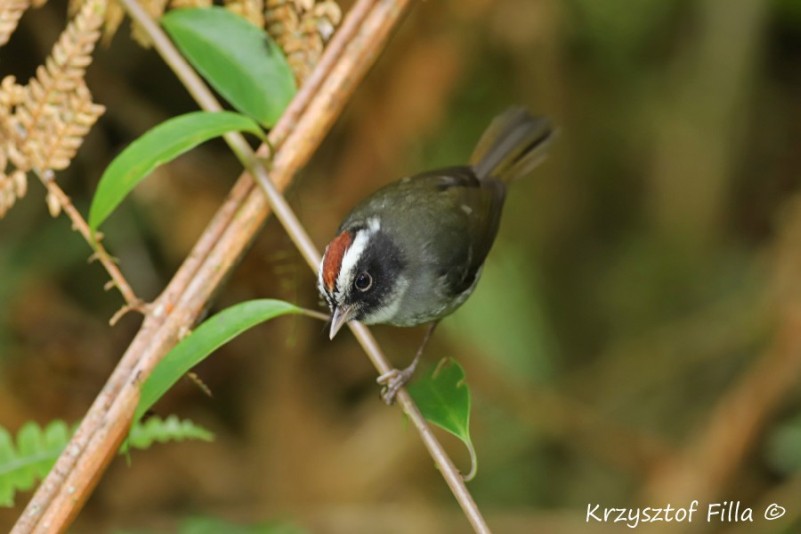
^ ^^^

The rufous-collared sparrow (Zonotrichia capensis).
^ ^^^

Potoo (Nyctibius). It is a nocturnal bird hunting on flying insects. During the day it sits on a tree and pretends to be a broken branch with eyes half closed.
^ ^^^
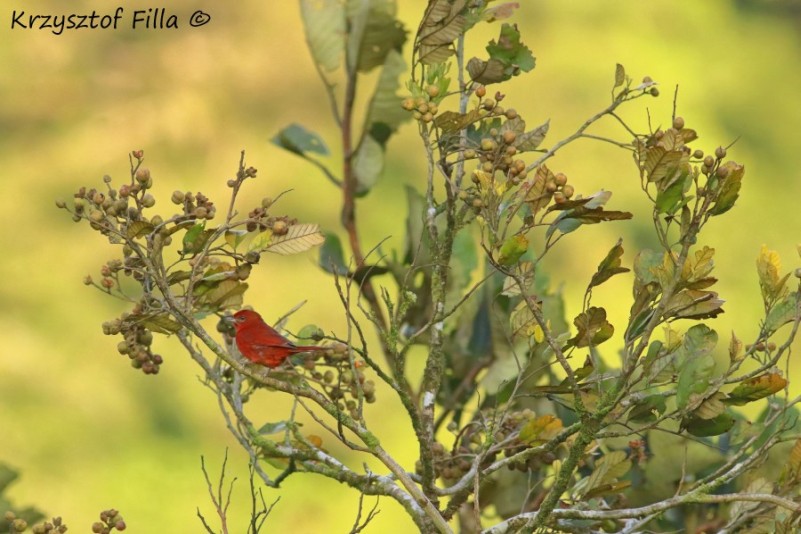
^ ^^^
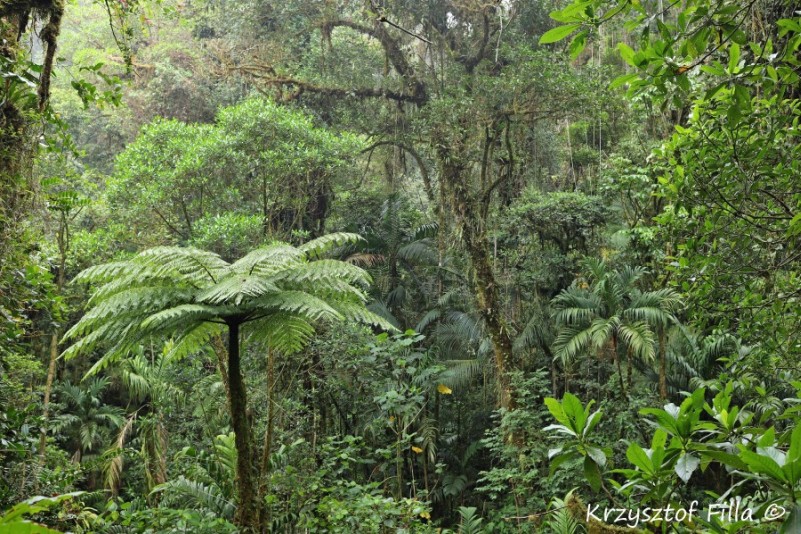
^ ^^^
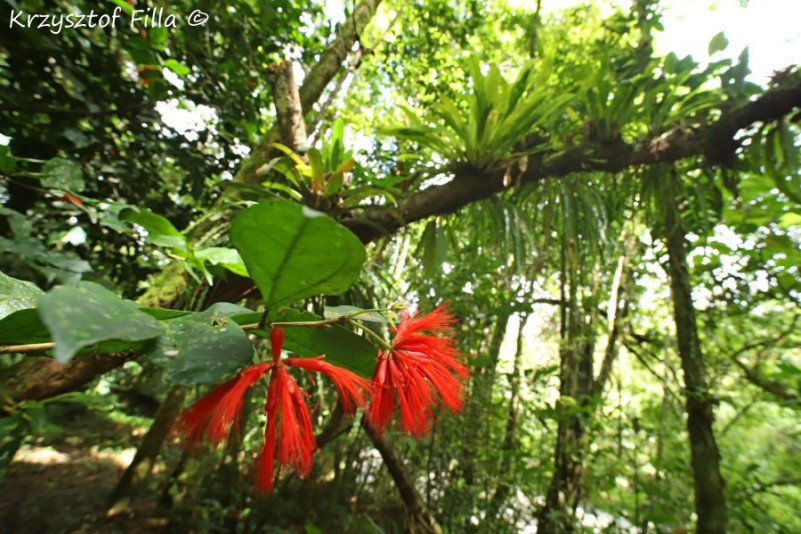
^ ^^^

^ ^^^

^ ^^^

^ ^^^
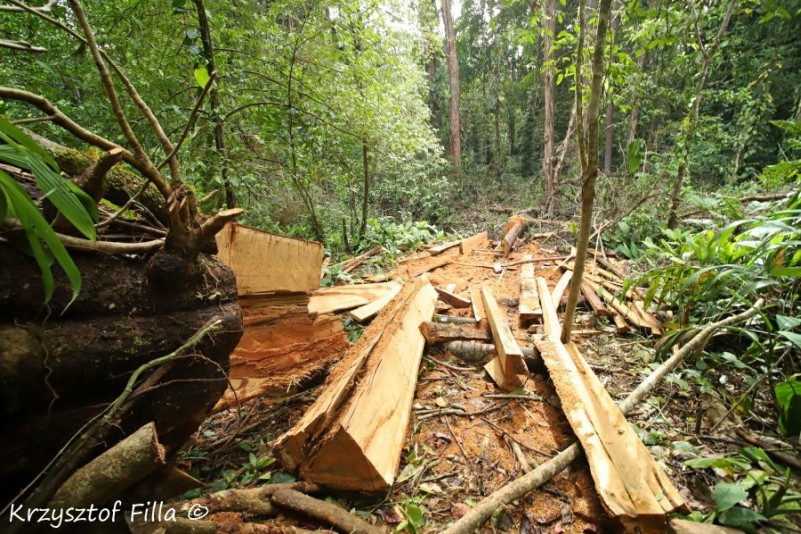
This is a common site in forests, it is called selective logging. A tree is felled on the spot and converted to planks which are easier to transport by people.
^ ^^^
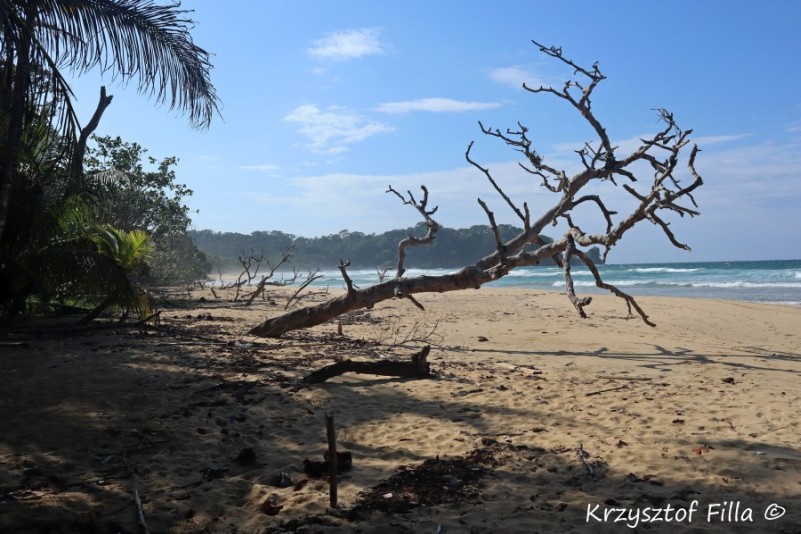
^ ^^^
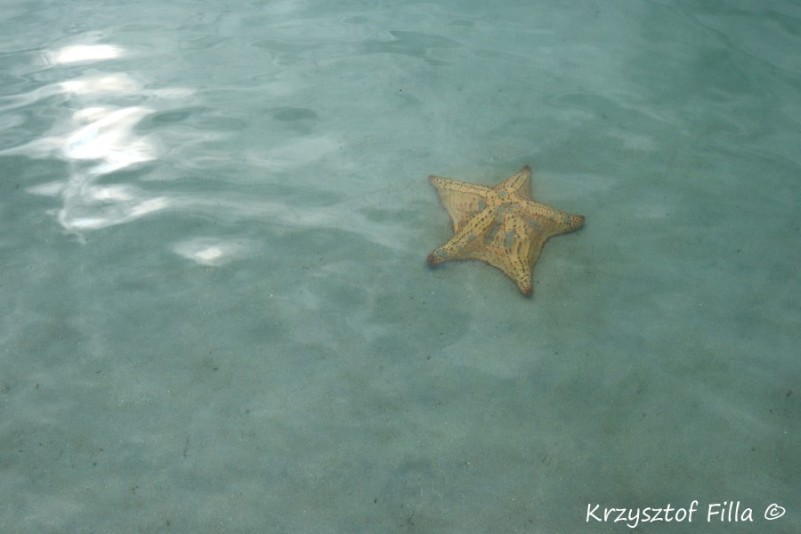
^ ^^^
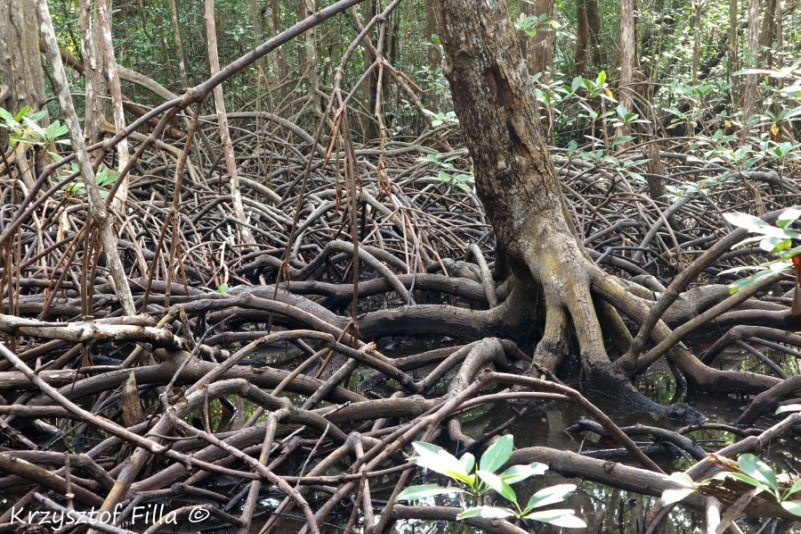
Mangrove forests grows mostly along sea shore, sometimes rivers. It is partly flooded by tidal water or seasonal rains. Some sections can be in the water all year around. It is very important habitat for many species which gives them hiding, breed or foraging ground.
^ ^^^
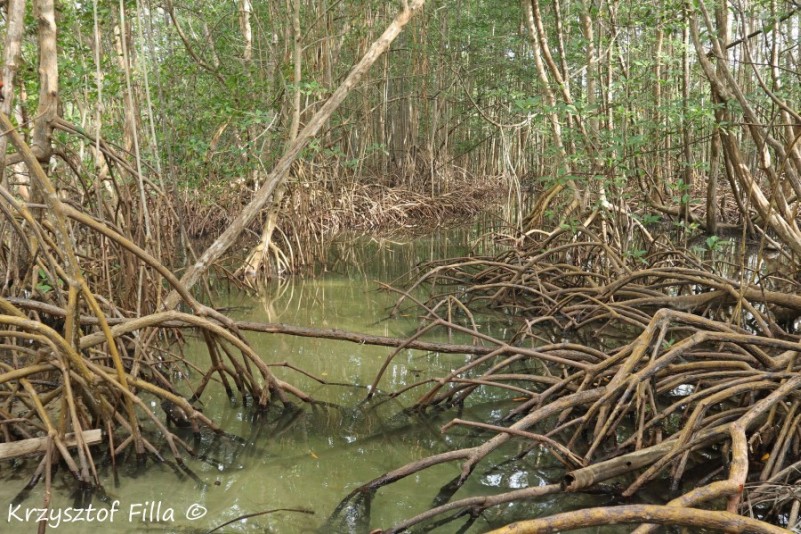
A mangrove forest.
^ ^^^
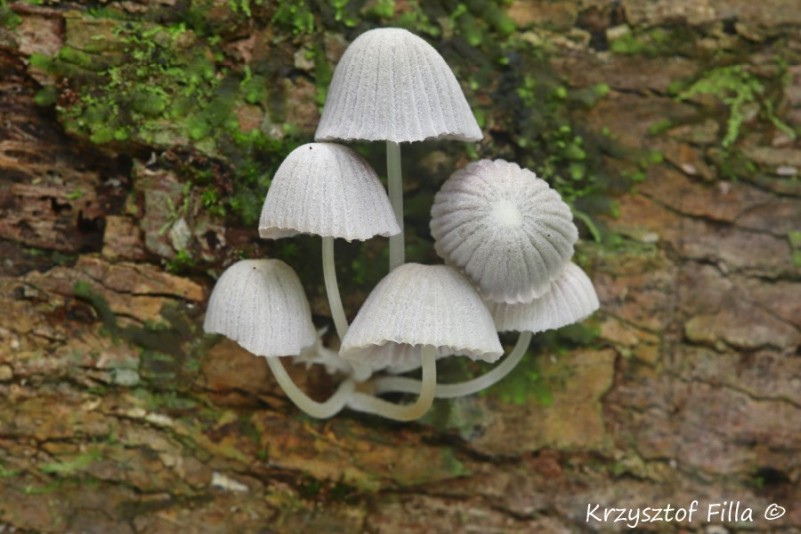
^ ^^^
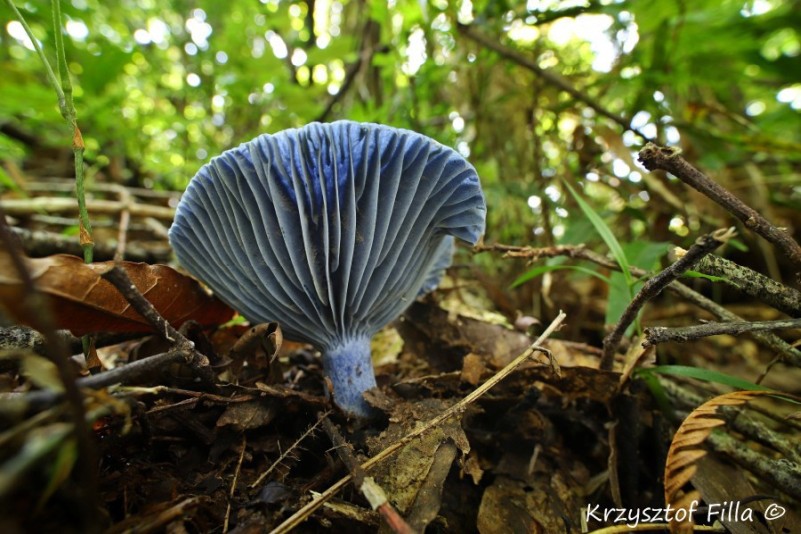
The Blue Indigo Milkcap (Lactarious indigo).
^ ^^^

^ ^^^

Jelly fangus.
^ ^^^

^ ^^^
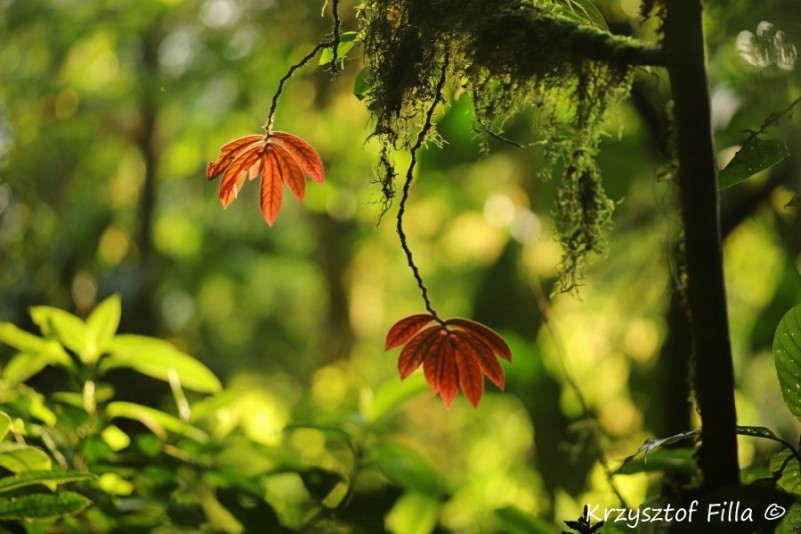
^ ^^^
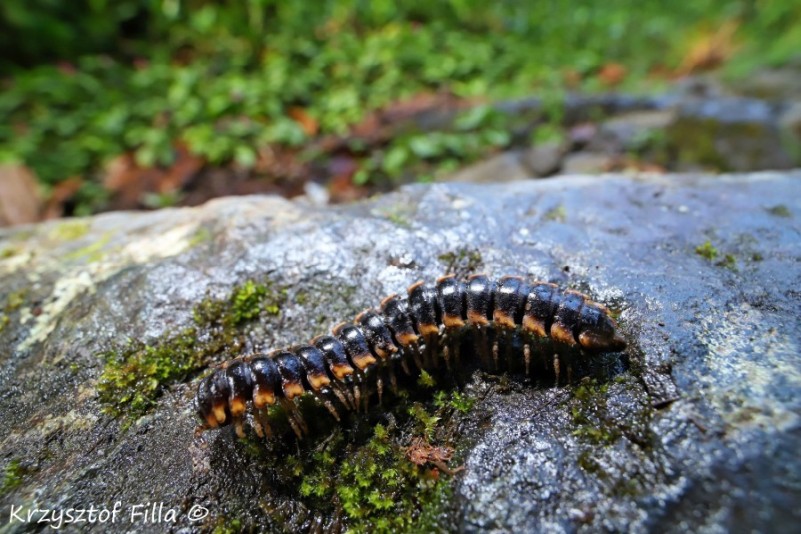
^ ^^^
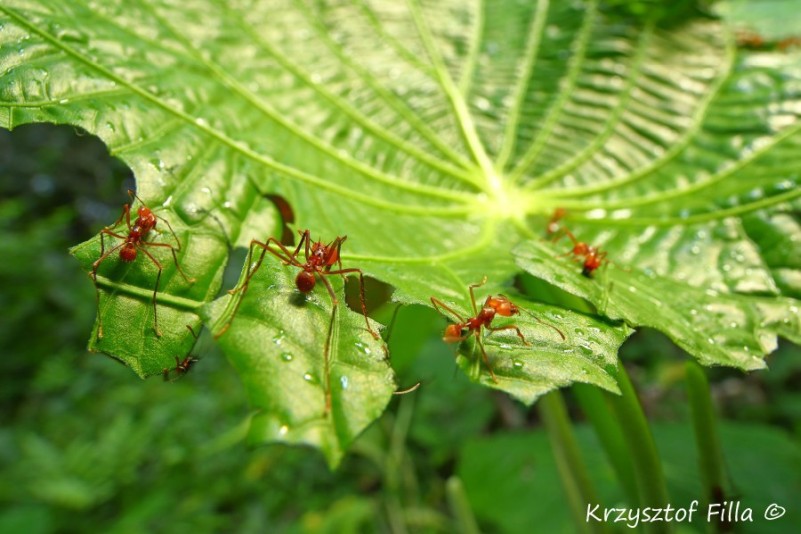
Leaf cutter ants removing morsels of a leaf. They transport these pieces to the nest where they chew it into a pulp. The pulp is used as the fertilizer for their underground fungus. Leaf cutter ants are farmers.
^ ^^^

^ ^^^
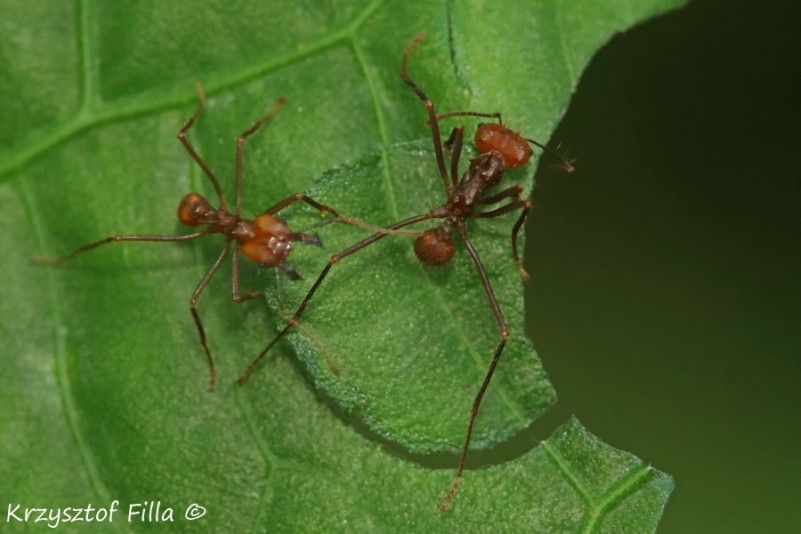
There are a few positions in social structures of leaf cutter ants. Some are defenders of the nest and transport, some are cleaners and some are employed to cut the leaves. From my observation, I can say, that some individuals were cutting out fragments of a leaf and then transporting them to the nest whereas some were only cutting and then others collected it.
^ ^^^

A leaf-cutter ant can carry leaf fragments that are 20 times their own body weight.
^ ^^^
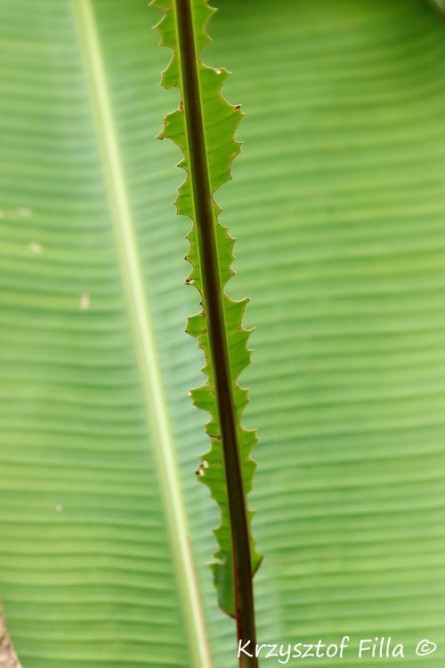
Banana leaves. For farmers the leaf cutter ants can be sometimes a nuisance and damage crops. From my findings I can say that the ants never strip the whole foliage from a plant and do not allow the plant to die. They always stop and let a plant to regenerate.
^ ^^^
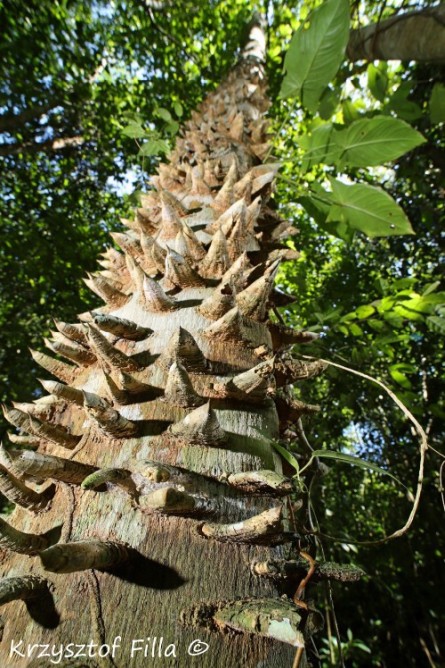
In the rain forest many many plants have thorns as a mean of self-defense. But this tree had unusually large thorns, each one had about 7-8 cm. It is to prevent mammals from climbing up the trunk.
^ ^^^
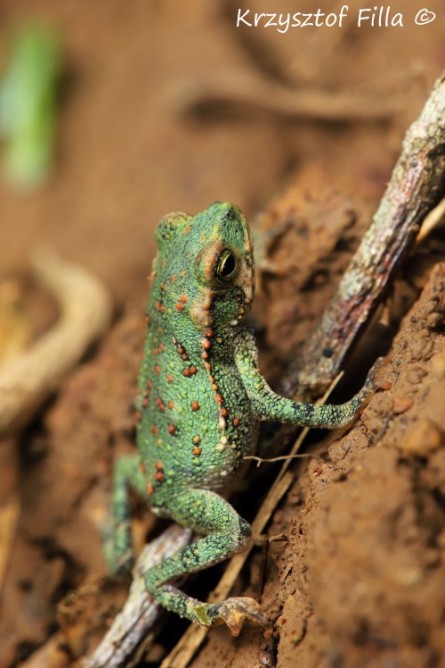
^ ^^^
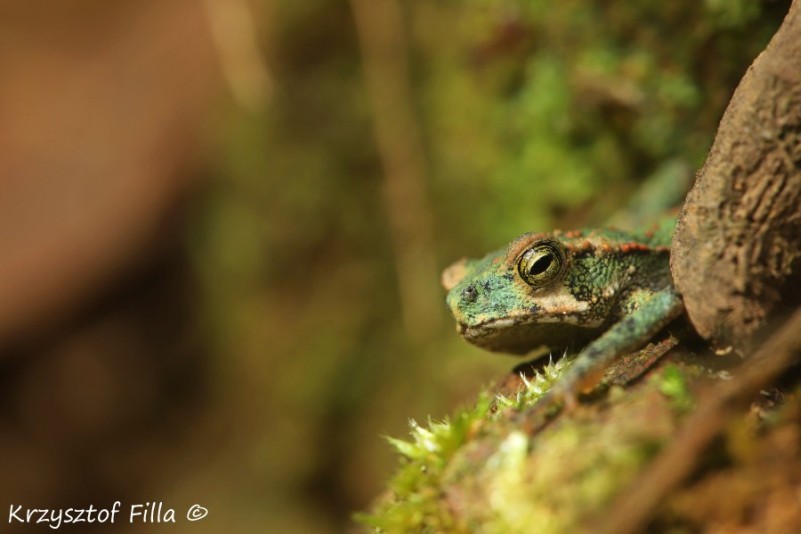
^ ^^^
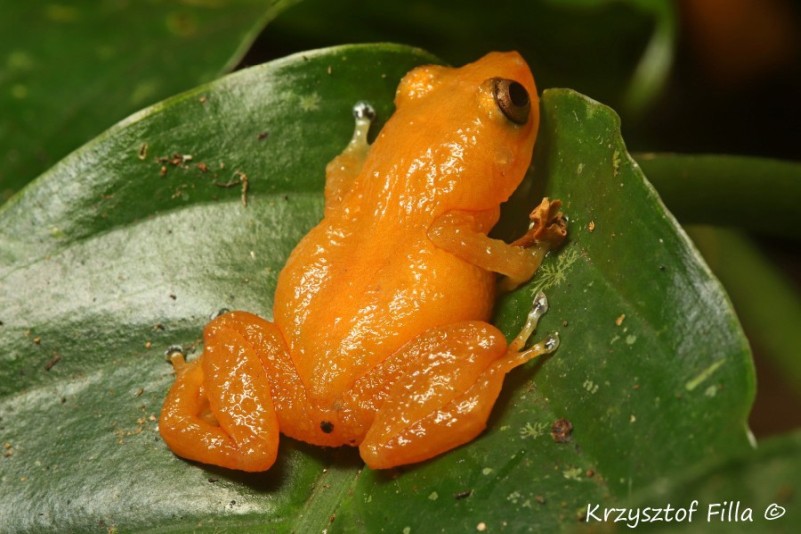
^ ^^^
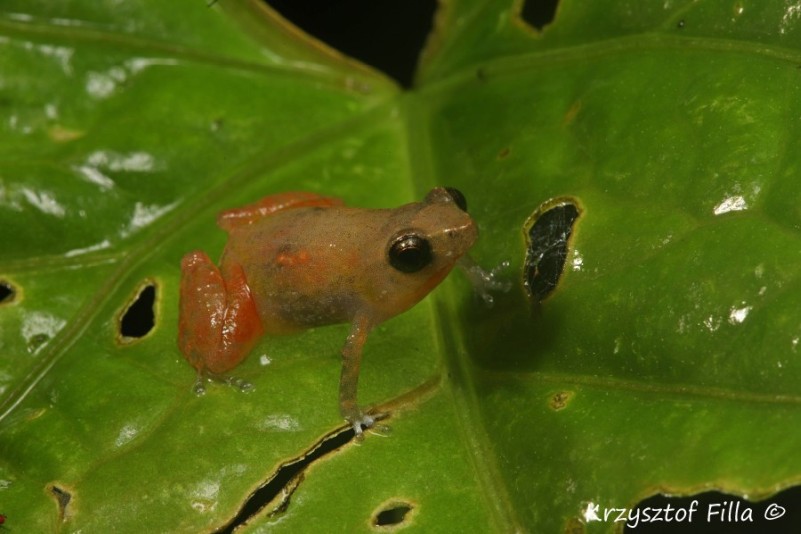
^ ^^^
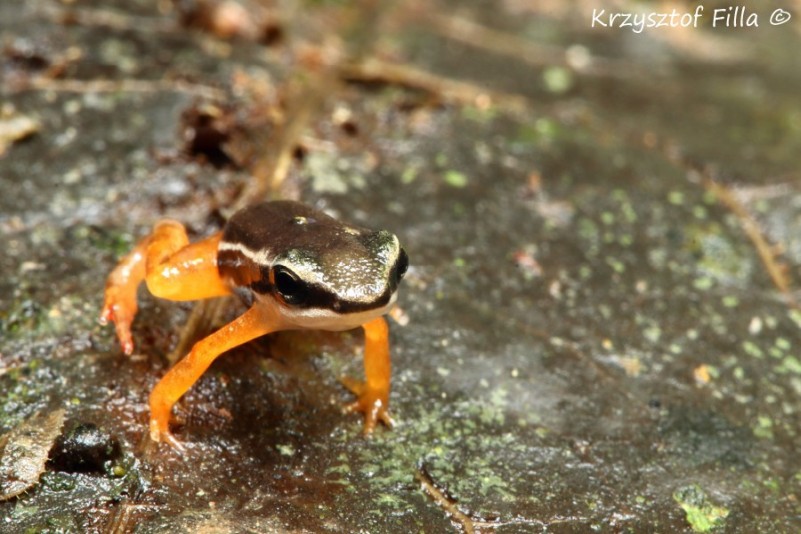
Talamanca rocket frog or striped rocket frog (Allobates talamancae ).
^ ^^^
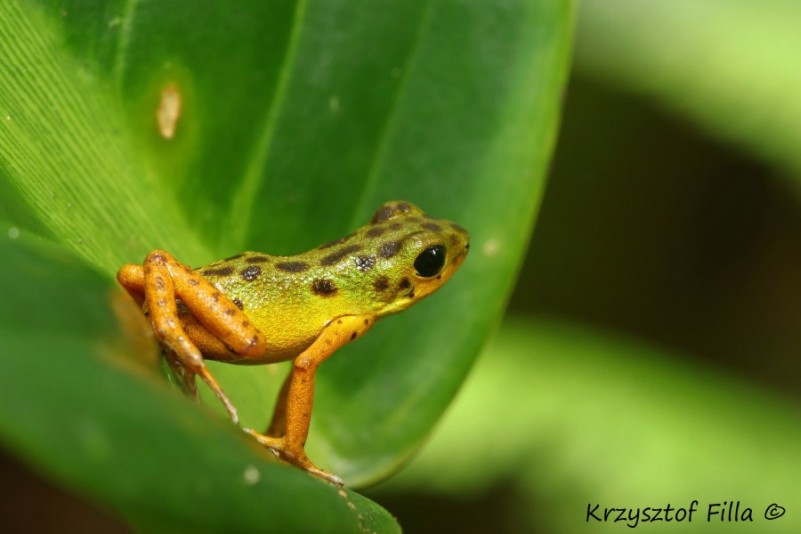
^ ^^^

Most frogs in the tropical forest are nocturnal but this species in the picture is so inconspicuous that, when staying among rotting foliage, they can move around during the daylight unnoticed. Therefore these frogs are called the leaf litter frogs (Megophryidae).
^ ^^^

^ ^^^
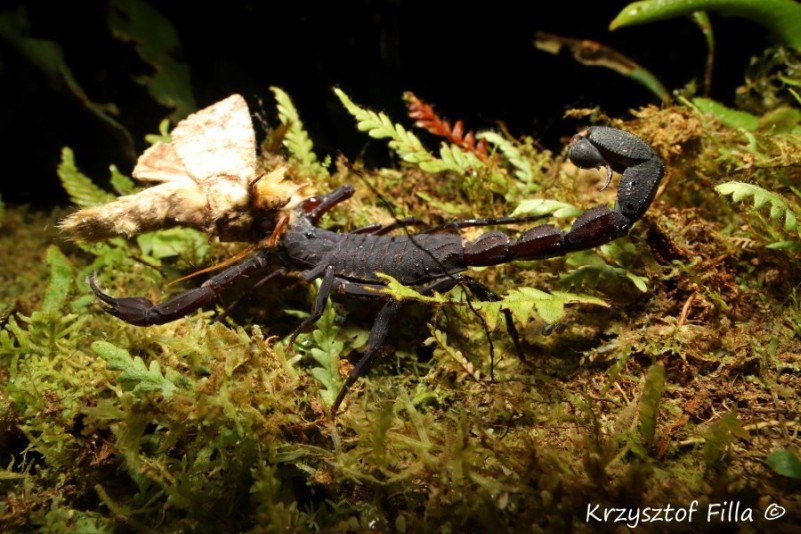
(Tityus pachyurus) It is one of the most venomous scorpions. The injection of its venom to human body requires hospitalization. The venom is utilized by pharmaceutical industry in medicine production. Unfortunately this scorpion does not reproduce in captivity and companies "harvest" them from the forest. As most scorpions they are active during night. They hunt for cockroaches, beetles or moths (in the picture just after catching one). Adults measure 8-9 cm. This species is found only in Panama, Costa Rica and north Columbia.
^ ^^^

^ ^^^

^ ^^^
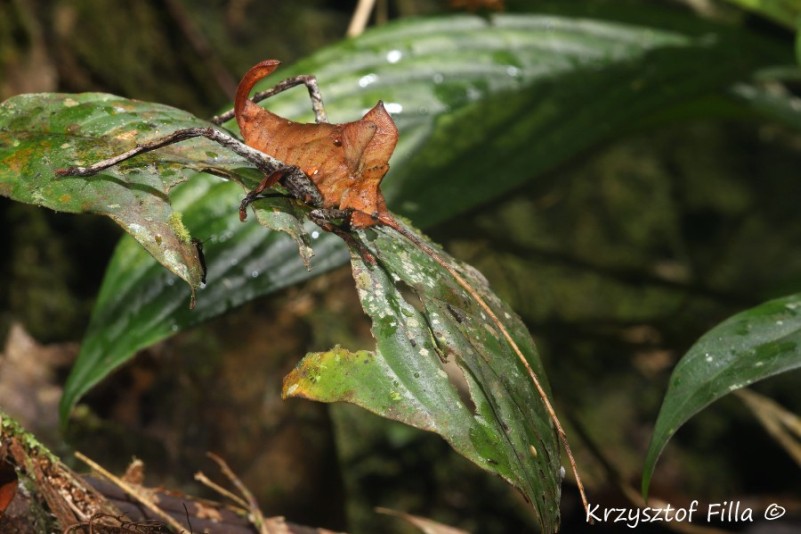
This is one of the strangest insects I have ever seen. He body of insect looked like a curved leaf and from its head protruded a very long single antenna.
^ ^^^
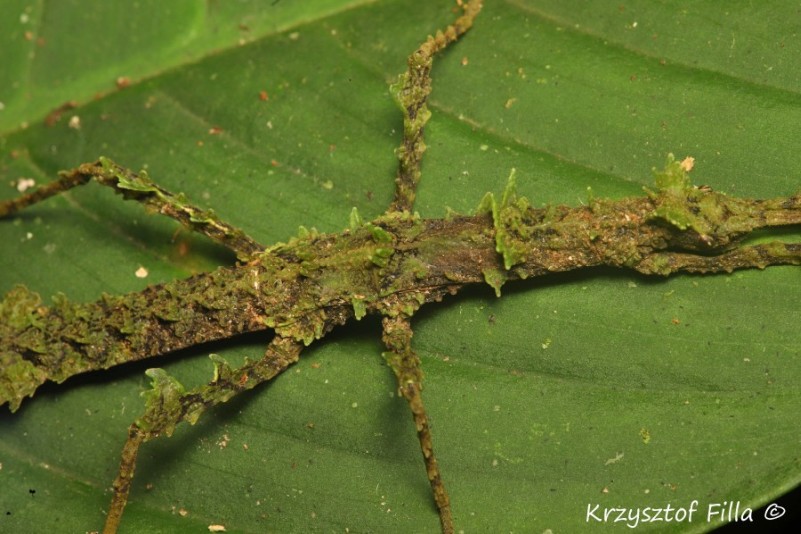
The name stick insect represent the literal resemblance of a stick or a twig. Indeed, often the shape and position make it difficult to spot or tell apart which is which. The stick insect from the picture lives in a cloud forest, that is characterized by abundance of mosses hanging from branches. In this environment its body developed appendages that look like the body is overgrown by moss.
^ ^^^
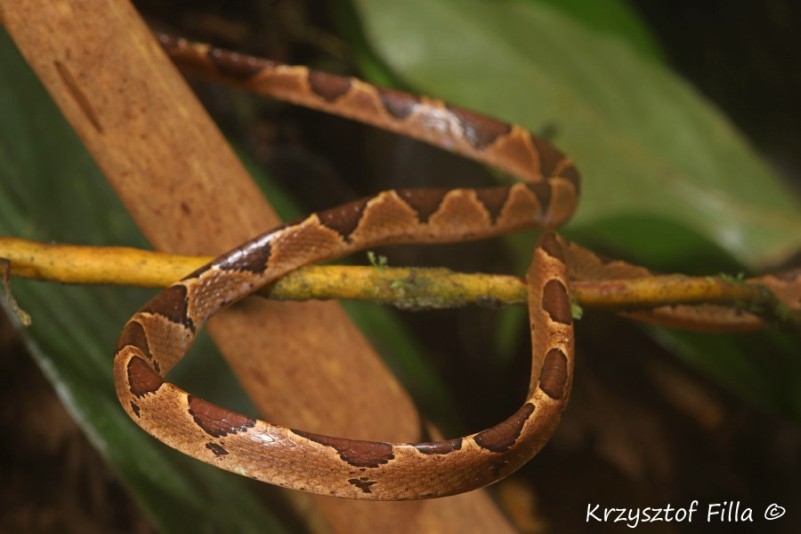
Blunthead tree snake or fiddle-string snake (Imantodes cenchoa). It is arboreal and nocturnal snake. Its length is usually about 1 m. Its venom is harmless to human beings. It feeds on small lizards, frogs and its spawn. They preferred environment is mountainous cloud forest.
^ ^^^
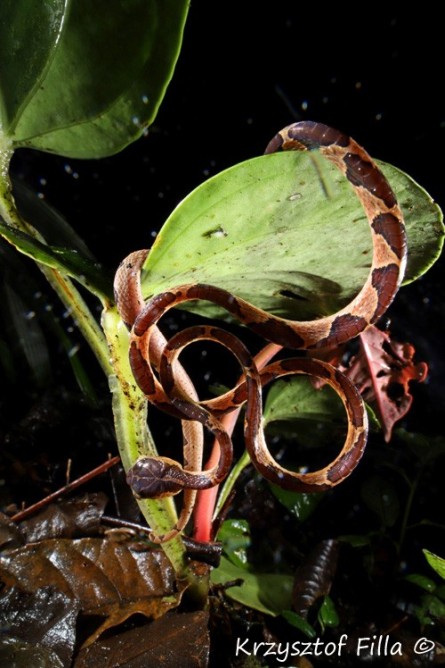
^ ^^^
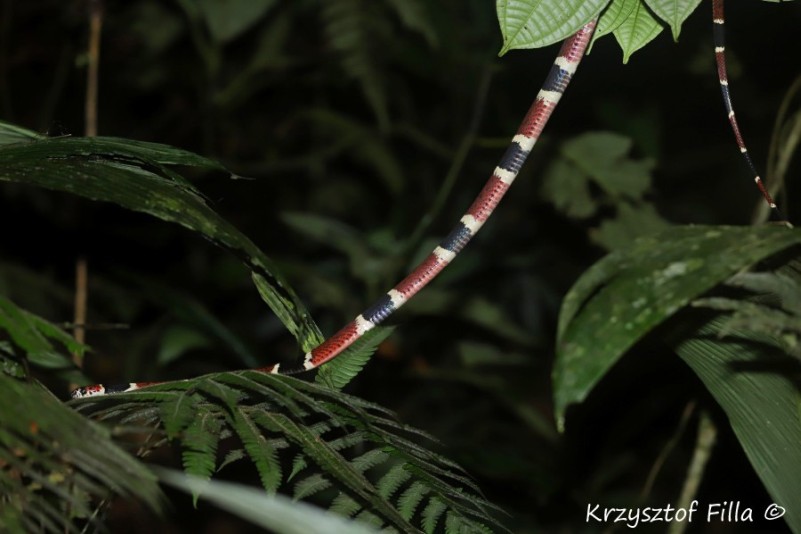
Central American coral snake (Micrurus nigrocinctus). It is highly venomous snake from the family Elapidae. As most snakes from the family it is active at night time, hunting for other snakes, lizards and amphibians. Despite strong neurotoxins in its venom it is very shy and fearful of people and avoids human contact. It moves mainly on the forest leaf litter and can gain significant speed. Once in the jungle, in the middle of a night I learned it myself as I tried to catch it up and photograph. I managed to do it, only because the snake slithered up a small bush and then continued up the hill.
^ ^^^












































































